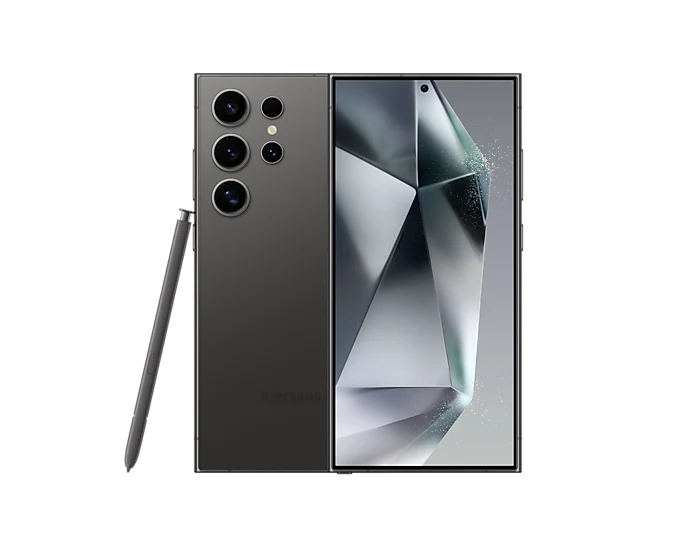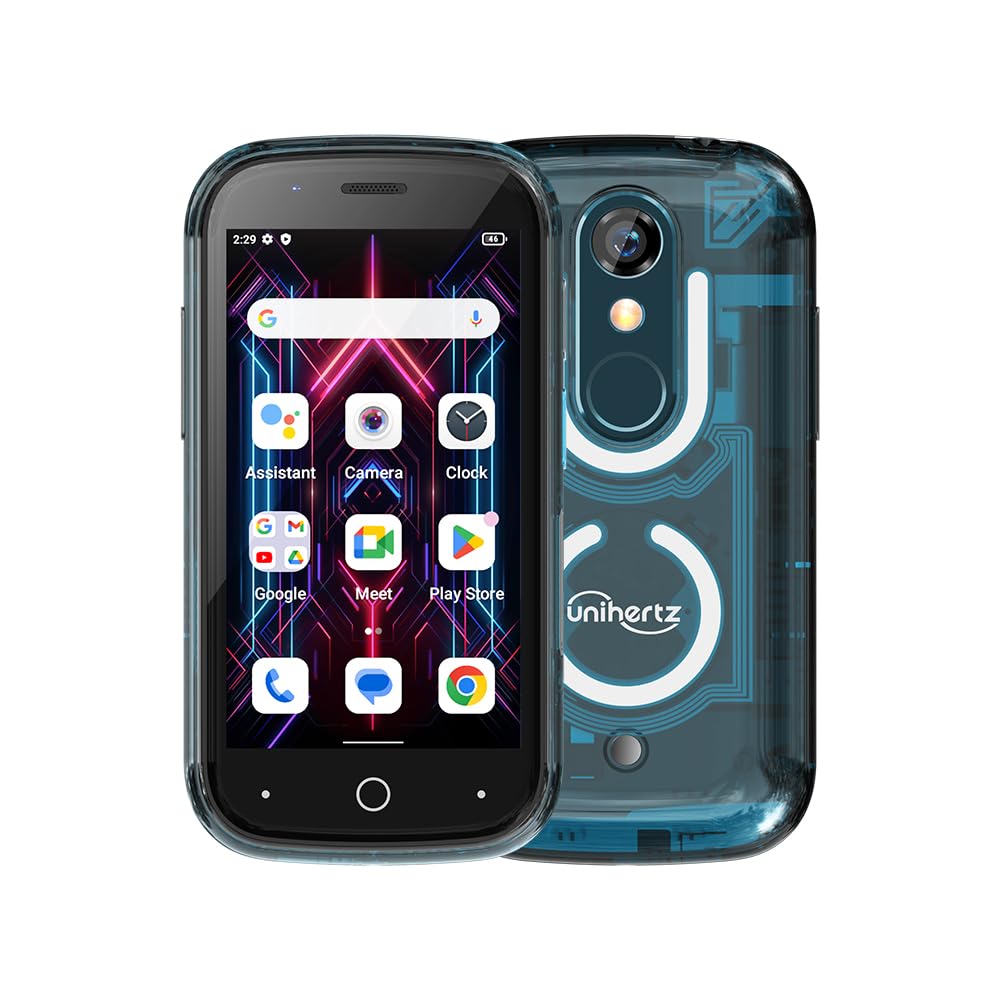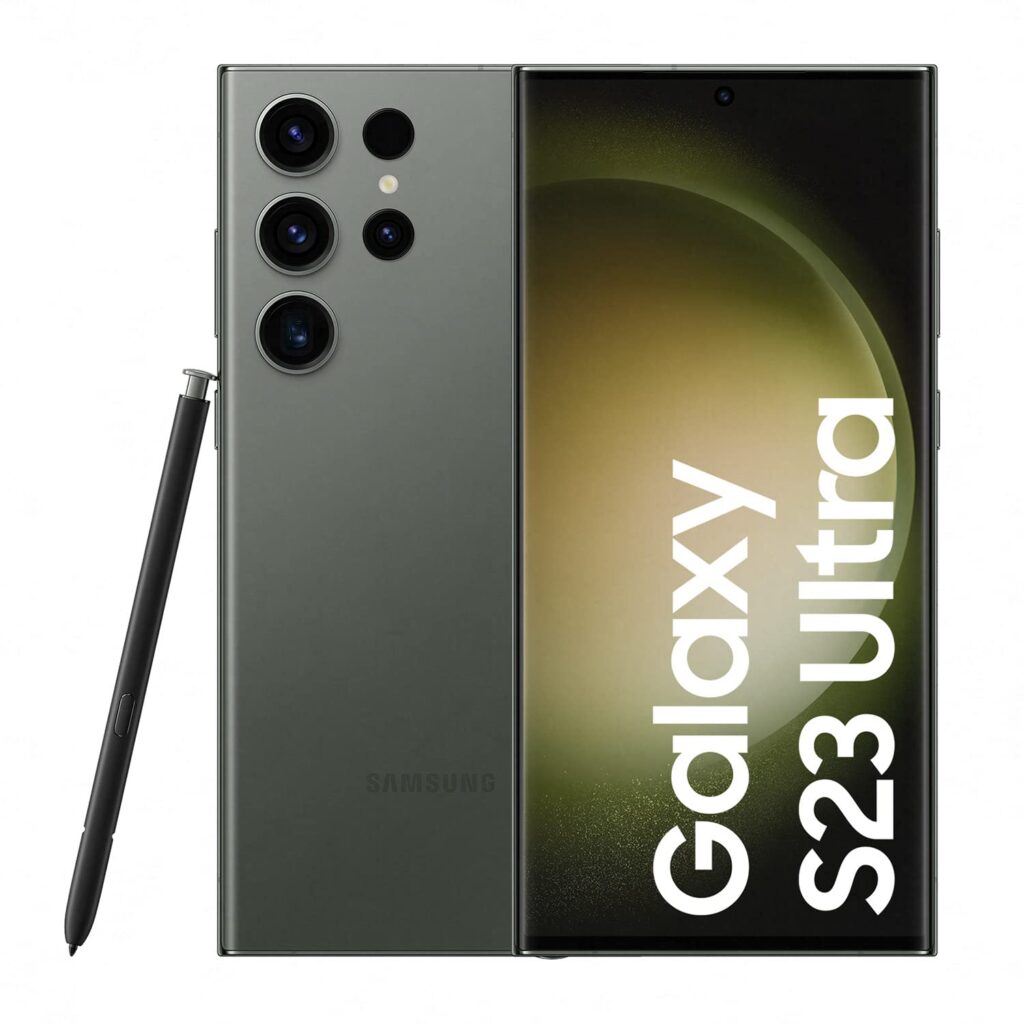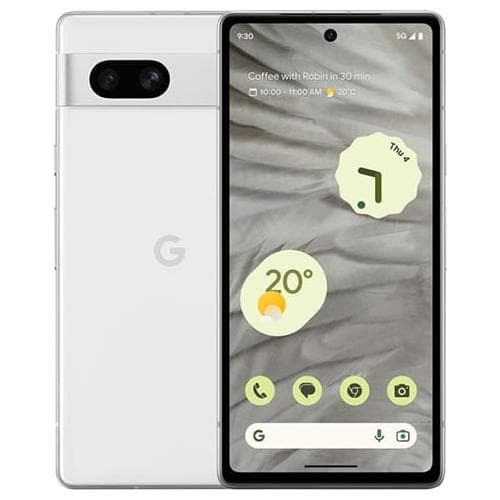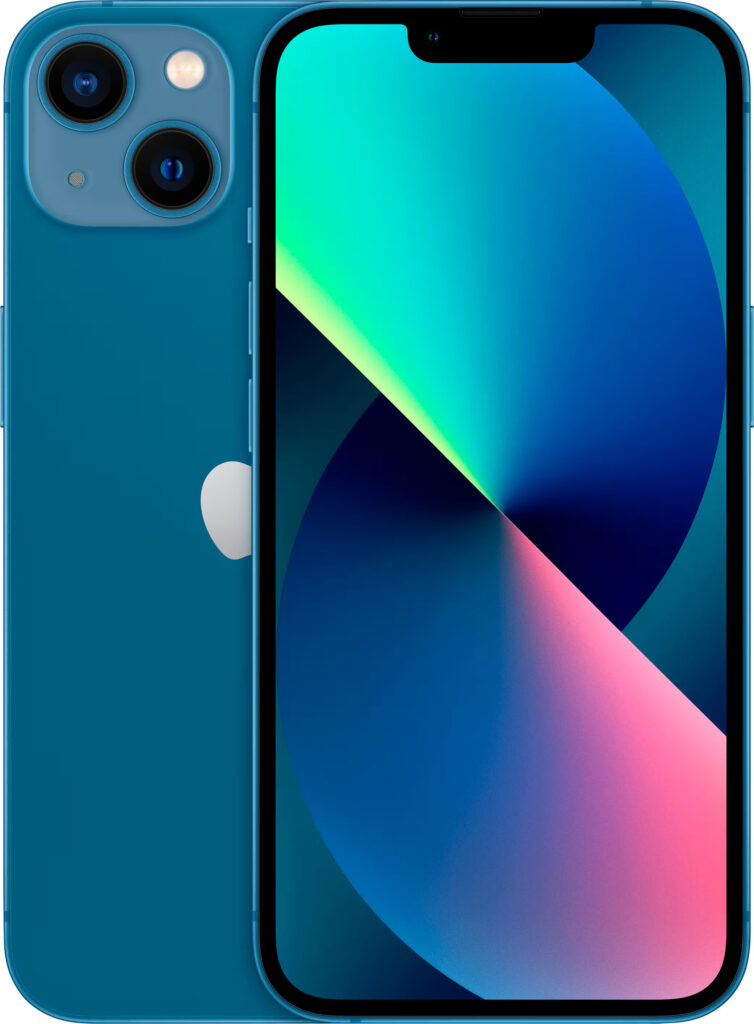
The Samsung A55 was what I purchased after the S24. I actually don’t have much if anything bad to say about this one. Even it’s Exynos chipset didn’t cause me any issues (shock!).
It’s the Flagship of Samsung’s A series devices. Compared to the rest of the A series I’d say it’s more of a budget S series device. After all it has an Aluminium and glass body, a big OLED panel, 8GB of RAM and a main camera with OIS. It even has a Micro SD slot, something that the S series don’t.
It has some cuts though from the flagship range, as would be expected. There’s no wireless charging. The bezels are bigger. It has a shorter update promise (still 4 years of OS upgrades). Other than that there’s not much downgrade.
For the average person this would probably be the Samsung to get. They’ll still feel like they’re getting a premium device, but with a much smaller price tag. Being honest, even to me this device felt premium.
At launch this phone was arguably a tough sell with it’s pricing. The 128GB model was £439 and the 256GB was £489 (I can’t imagine they sold many 256GB models with expandable storage!). Quite quickly though this phone started popping up for much lower prices where it became almost irresistible. I picked mine up for just £225 new, unboxed.
For once with Samsung using Exynos chipsets this device performed well, and the battery life was good. I’m not sure what they had done differently with this one but I’m assuming it was a fluke as they made a complete disaster with the Exynos 2400 in the S24. The camera was very good too, it could produce decent photos and videos even in low light. This is a phone I do regret selling on, and I can’t even remember the reasons I did so at this point.
On the plus side I sold the device for the exact same value I’d purchased it for, so nothing was lost! This seems to echo a lot in these turbulent few years of excessive phone ownership. Thankfully I’ve never lost a considerable amount of money. Because I was always careful with my devices, and generally never purchased them brand new (if buying outright) they always sold for either the same or only slightly less than I’d purchased them for. Looking back over the last 4 years I’d guess I’ve only lost a couple of hundred on reselling these devices in total, something that most people would blow on a couple of nights out on the drink! (If you hadn’t guessed I don’t drink, I don’t like the unpredictability of drunk people and don’t like the after effects the next day)
